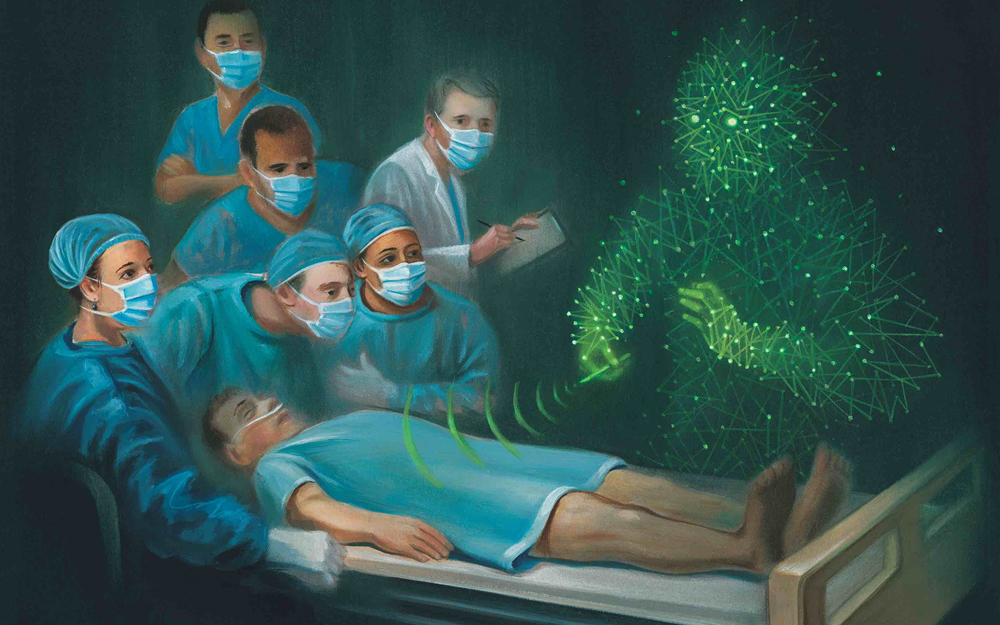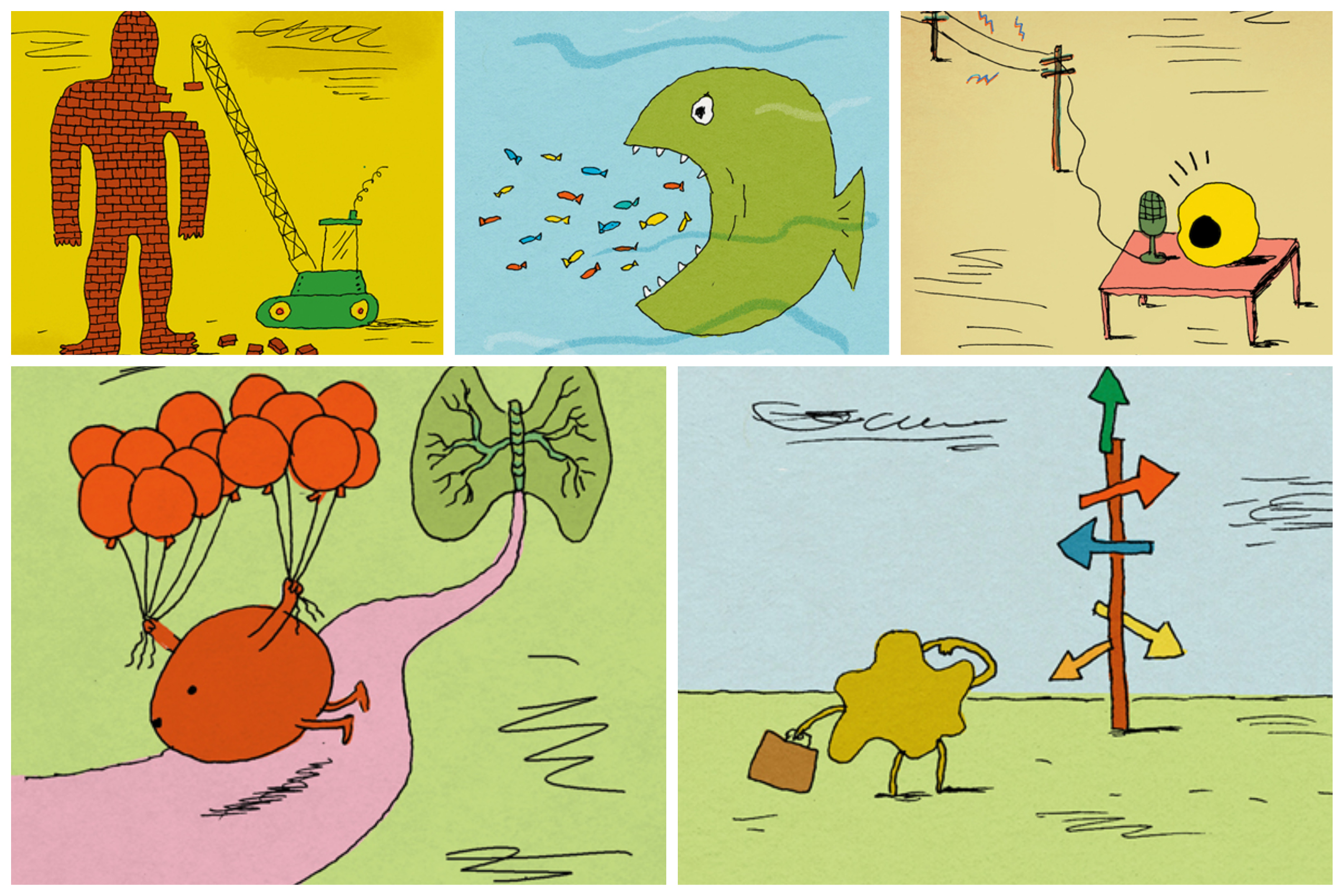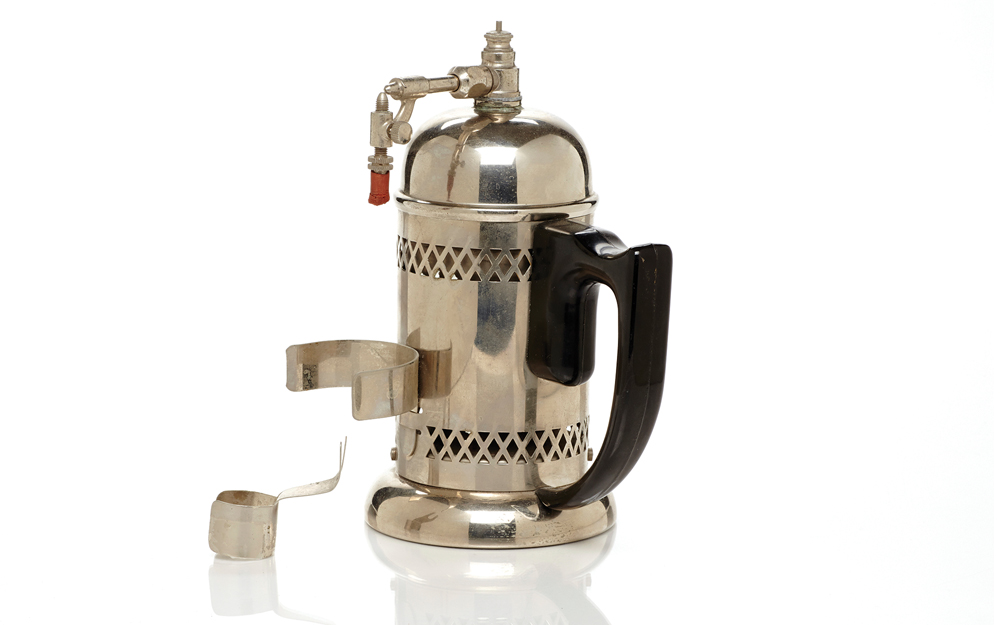Lesson No. 3: Understand Common Biases and Work to Prevent Them
Date
November 15, 2021

Date
November 15, 2021
Medical providers featured in this article
In Brief
{{cta-block}}
This article is one in the series How to Think Like a Scientist: A Crash Course. In this series, we investigate the practices and mindsets that help drive great science. We asked Cedars-Sinai researchers and experts to weigh in about the processes scientists use to shape their work and drive progress.
Bias can be as simple as hoping for a certain outcome in an experiment—but its tentacles can be far-reaching and harmful. Good science requires investigators to systematically identify certain types of bias and take steps to avoid them.
RULES OF THUMB
Wait, What Does Bias Look Like?
Bias is often so subtle that it’s easy to miss on a project-by-project basis. Here are just two ways that it can prevent or impede good science.
Common bias No. 1: The bias of research direction
When the interests of researchers and the funding of science and medicine as a whole don't reflect the needs of the larger population, important problems can get overlooked, says Gideon Manning, PhD, a historian of medicine at Cedars-Sinai.
For example, one study found that both federal funding and philanthropic support are significantly higher on a per-affected-individual basis for cystic fibrosis—a condition that affects primarily white people—than for sickle cell disease, a condition with many similar impacts that is more likely to affect Black patients. Another study found that cancers linked to stigmatized behaviors—like lung cancer—get relatively less philanthropic support than other types of cancers. Some types of menopause research and funding lag significantly behind that for women's reproductive health.
"Values enter into the choices about what gets investigated and what gets funded," Manning says. "For that reason, we want to get many diverse voices involved in the decision making process."
Common bias No. 2: The bias of hope
Many scientists are motivated by the desire to improve the world, and science offers a tantalizing opportunity to solve hard problems.
But getting too invested in a specific outcome has its own problems. Careers and companies can get built on faulty research premises.
"If you've spent years discovering a particular signaling pathway that you think is the cause of cancer, you don't want it not to be the cause of cancer," says Clive Svendsen, PhD, executive director of the Board of Governors Regenerative Medicine Institute. "But you can't be attached to the outcome of a research question: It's emotionally wrong. It's against scientific principles."
That's why he reminds trainees to stay invested in the process of science, regardless of any specific outcome. "If you're asking questions and you're getting answers, no matter what the answers are, you're winning," he says.
THE COVID-19 PIVOT
Is This What Science Without Bias Could Look Like?
If we've learned one thing during the COVID-19 pandemic, it's that big goals, big budgets and laser focus can lead to incredible progress.
Many assumed that it would take a decade or more to produce an effective COVID-19 vaccine, but multiple highly effective vaccines were produced within a year.
Such work happened, in part, because so many different ideas and groups brought their perspective and insight to the fight.
Key insight
Build an Inclusive Group From the Beginning to Fuel Smarter Research Questions
Zul Surani, of the Cedars-Sinai Cancer Research Center for Health Equity, knows that bias can take unexpected forms. When he and his team developed a survey of community health in L.A., they were eager to expand its reach by translating it into Korean and giving people the option to fill it out on their smartphones.
But with so many more characters in Korean than in English, it just didn't work, he says. As he and his team worked relentlessly to make the survey more user-friendly, early pilot tests alerted them to the problem—and gave them time to correct it.
Overcoming obstacles like these is just one of the many reasons that Surani and Robert Haile, DrPH, MPH, the center's director, have aimed to integrate outreach and community advisory boards into every step of their research process.
The team has an LGBTQ+ advisory board, a Korean community network, a Filipino network and a Latino community advisory board, among others.
These groups play an essential role in helping researchers understand nuances that can have a big impact, like cancer-screening guidelines that don't feel inclusive to trans or nonbinary individuals, and may be linked to lower screening rates.
Advisory boards also help researchers test assumptions, hone questions, and develop research and interventions that actually work. "Without this type of inclusivity, disparities may be invisible," Surani says. "We're constantly trying to create that visibility, because it makes a big difference."
How to Think Like a Scientist: A Crash Course
{{column-start}}
{{column-end}}
{{column-start}}
{{column-end}}
{{column-start}}
{{column-end}}
{{column-start}}
{{column-end}}
{{column-start}}
{{column-end}}
{{column-start}}
{{column-end}}





